Is Dealer-Level Diagnostic Software More Advanced Than Regular Diagnostic Software?
As a mechanic, you're likely familiar with different types of diagnostic software. However, you may have wondered if there's a difference between dealer-level and regular diagnostic software. In this post, we'll explore both types of software and discuss whether one is more advanced than the other.
Introduction: Understanding Dealer-Level and Regular Diagnostic Software
Diagnostic software is an essential tool for modern mechanics. It allows you to diagnose and repair a wide range of vehicle problems quickly and accurately. Dealer-level and regular diagnostic software are two types of diagnostic software commonly used in the industry.
What is Dealer-Level Diagnostic Software?
Dealer-level diagnostic software is software designed for specific vehicle brands. It's usually only available to authorized dealerships and repair centers. Dealer-level software allows you to access all the manufacturer's proprietary diagnostic data and tools, making it the most advanced diagnostic software available.
What is Regular Diagnostic Software?
Regular diagnostic software is software designed for general use. It's available to anyone who wants to purchase it, regardless of whether they're an authorized dealer or not. Regular software provides access to general diagnostic information, but it may not include all the proprietary data available in dealer-level software.
Differences between Dealer-Level and Regular Diagnostic Software
Differences in Data Access
The most significant difference between dealer-level and regular diagnostic software is the level of data access. Dealer-level software provides access to all the manufacturer's proprietary data, including diagnostic tools, software updates, and technical service bulletins. This access allows mechanics to diagnose and repair problems accurately and efficiently.
On the other hand, regular diagnostic software may not provide access to all the proprietary data. It may only include general diagnostic information or data that the manufacturer has made available for public use. Therefore, regular diagnostic software may not provide mechanics with access to the most up-to-date and comprehensive data.
Cost Differences
Dealer-level diagnostic software is typically more expensive than regular diagnostic software due to the advanced features and proprietary data access. The higher cost of dealer-level software can be a significant barrier for small repair shops or independent mechanics with a limited budget.
In contrast, regular diagnostic software is often more affordable and accessible to a broader range of mechanics. However, regular software may require additional subscriptions or fees to access certain features or data, which could add to the overall cost.
Compatibility with Different Vehicle Brands
Dealer-level diagnostic software is designed for specific vehicle brands and may only be available to authorized dealerships and repair centers. If you work on a particular brand of vehicle, dealer-level software may be the best option as it provides access to all the proprietary data for that specific brand.
In contrast, regular diagnostic software is designed for general use and is compatible with a wide range of vehicle brands. If you work on multiple vehicle brands, regular software may be more practical as it provides a broader range of diagnostic information.
Frequency of Updates
Dealer-level diagnostic software is frequently updated with the latest proprietary data, including software updates and technical service bulletins. The frequent updates ensure that mechanics have access to the most up-to-date diagnostic information and tools.
On the other hand, regular diagnostic software may not include updates as frequently as dealer-level software. While regular software may still receive updates periodically, it may not receive updates as frequently as dealer-level software.
In conclusion, the differences between dealer-level and regular diagnostic software mainly lie in data access, cost, compatibility, and update frequency. When choosing between these two options, it's important to consider your needs, budget, and the types of vehicles you typically work on.
